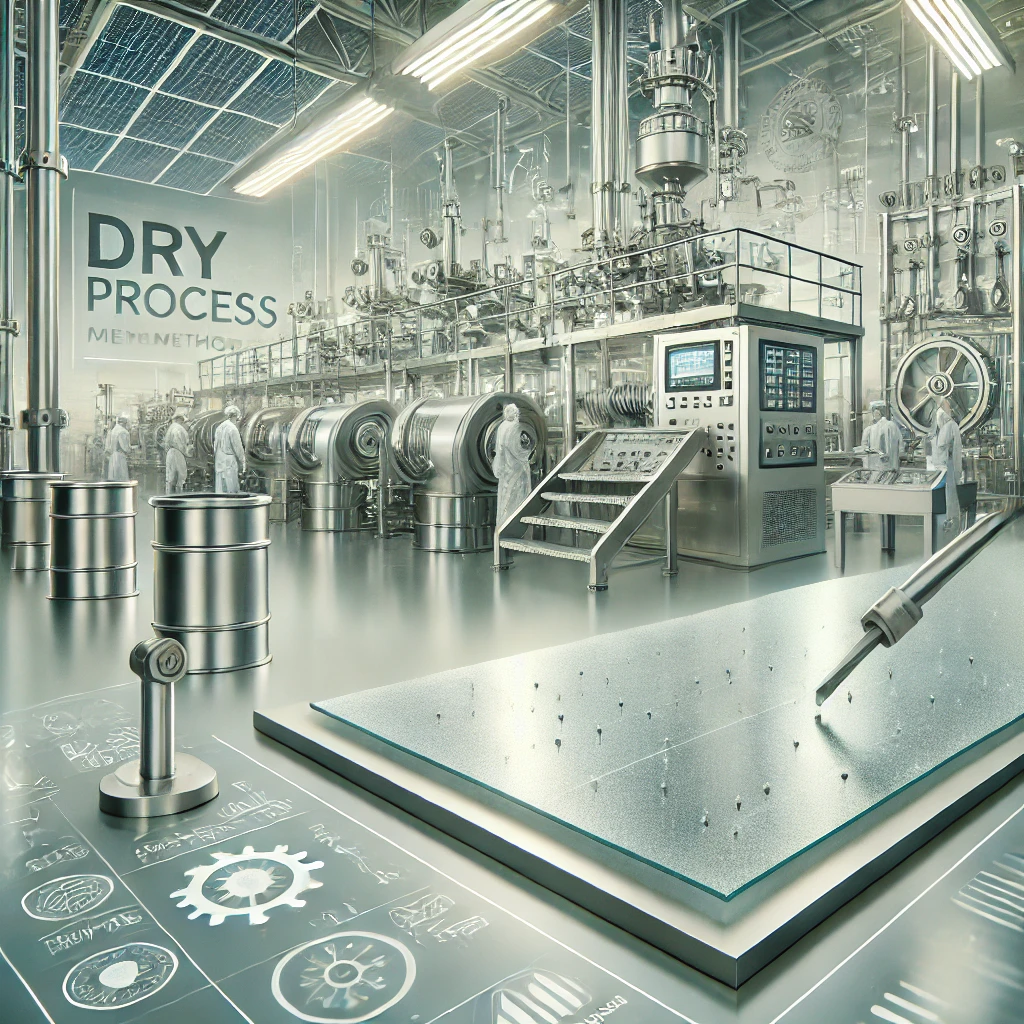Power Your Innovations with a Breakthrough in Electrode Manufacturing
Introduction
Imagine a world where the production of high-performance electrodes is not only more efficient but also environmentally friendly. Our innovative dry process method for producing electrodes for electrochemical devices is designed to revolutionize the way batteries, capacitors, and other energy storage systems are manufactured. This method isn’t just an incremental improvement; it’s a leap forward that can redefine your product’s efficiency, sustainability, and cost-effectiveness.
The Challenge
Traditional methods of electrode production involve wet processes that require solvents, extensive drying times, and significant energy input. These methods can be cumbersome, costly, and harmful to the environment, making it difficult to meet the growing demand for sustainable and scalable energy solutions.
The Solution
Our dry process method eliminates the need for solvents, drastically reducing production time and energy consumption. This method not only speeds up manufacturing but also reduces the environmental impact, aligning your production with the growing demand for greener technologies. By licensing this technology, you can streamline your manufacturing process, lower costs, and enhance the sustainability of your products.
Why This Innovation Matters
- Efficiency and Cost Savings: By cutting out the need for solvents and reducing energy usage, this dry process method significantly lowers production costs. This makes it easier to scale up production and meet the increasing demand for advanced electrochemical devices.
- Environmental Sustainability: With no solvents to dispose of and less energy required, this method supports your commitment to sustainability. It helps reduce your carbon footprint while still delivering high-performance products.
- Superior Product Performance: The electrodes produced using this method exhibit exceptional electrochemical properties, ensuring that your devices will be at the cutting edge of performance and reliability.
The Opportunity
Licensing this technology means more than just adopting a new production method—it’s about embracing the future of energy storage innovation. This dry process method offers you the chance to lead in an industry that’s rapidly evolving, delivering products that are not only efficient and cost-effective but also aligned with the global push towards sustainability.
Seize the opportunity to transform your production process and elevate your product offerings. License this technology today and be a part of the energy revolution.

- Abstract
- Claims
We claim:
1. A method of making an electrode for an electrochemical cell, comprising the steps of:
Share
Title
Dry process method for producing electrodes for electrochemical devices and electrodes for electrochemical devices
Inventor(s)
Jian-Ping Zheng, Qiang Wu
Assignee(s)
Florida State University Research Foundation Inc
Patent #
10923707
Patent Date
February 16, 2021
